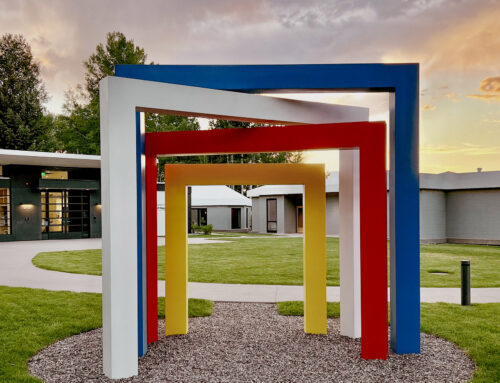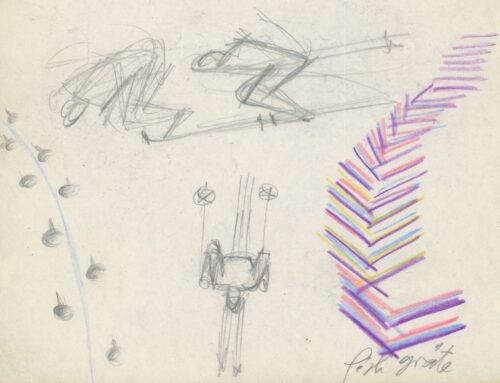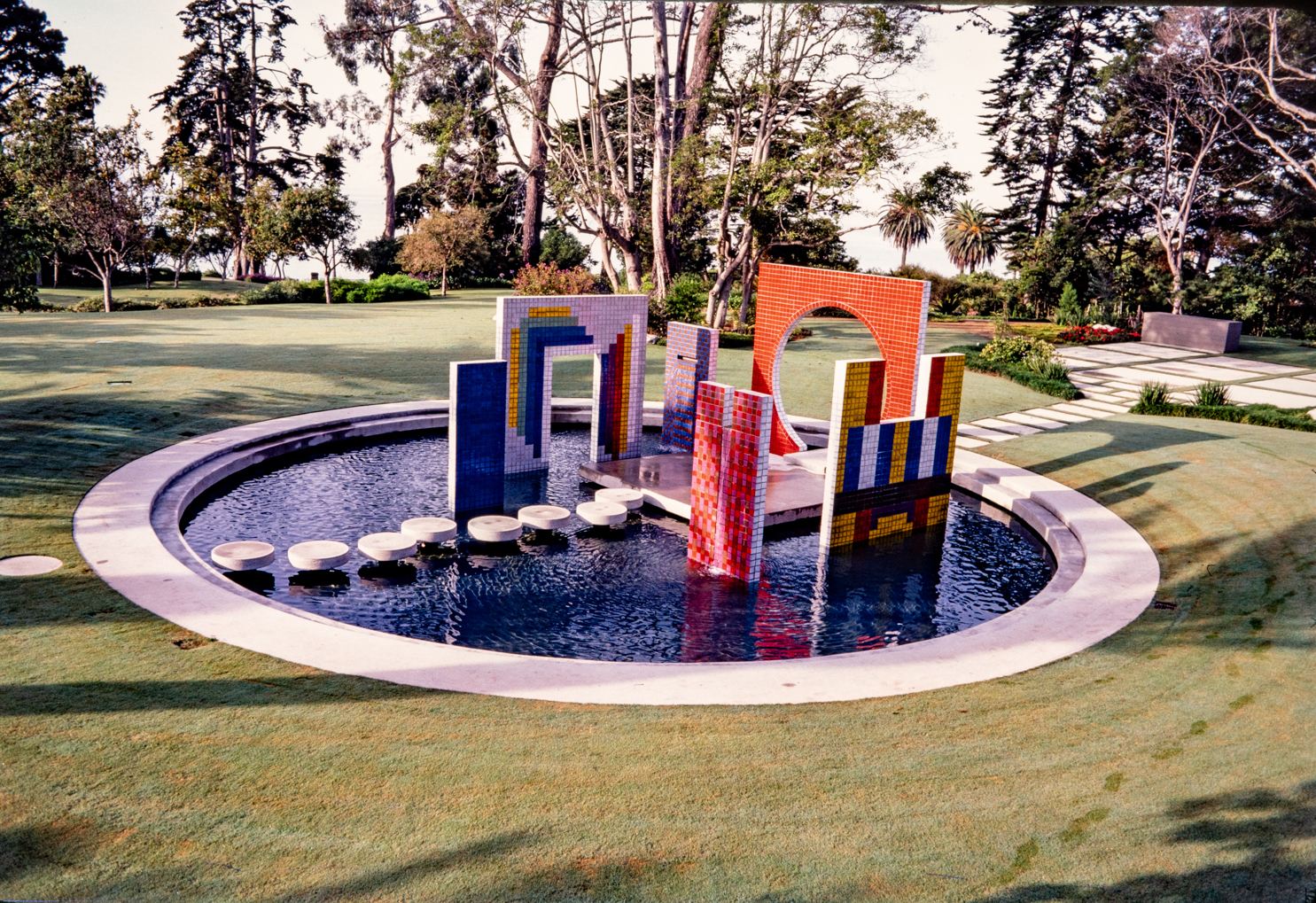
Photo by Koko Bayer
What happened to Herbert Bayer’s ‘Walk in Space Painting’?
'Hollywood Reporter' story draws attention to missing Bayer ‘masterpiece’
Andrew Travers
Feb 10, 2025
In January, I published a story in the Hollywood Reporter about the apparent disappearance of Herbert Bayer’s monumental “Walk in Space Painting” sculpture from the seaside lawn in Santa Barbara, California where he created it in 1981. Read it HERE.
The mystery came to my attention last May from Koko Bayer, the documentarian, artist and granddaughter to Bayer, who has spent five years filming her grandfather’s sculptures for a forthcoming documentary. She had been having trouble getting access to the “Walk in Space Painting” site, which is private property now among the Santa Barbara luxury real estate holdings of Beanie Baby founder Ty Warner. Then property managers stopped returning her calls. Then in May she got word that the “Walk in Space Painting” – a 40-foot-diameter concrete sculpture set in a shallow in-ground pool – was gone, last photographed in January 2024.
I investigated for months and still didn’t find definitive answers about what happened to “Walk in Space Painting.” I’m hopeful the Hollywood Reporter story will lead to the truth. As Koko tells me in the story, “The not knowing is somehow worse than knowing what actually happened.”
One of her main motivations for focusing her film on Herbert Bayer’s sculptures, she said, had been documenting “Walk in Space Painting” and sharing what she describes as a “relatively unseen masterpiece that perfectly illustrated the genius of Herbert Bayer.”
Visitors to the Resnick Center for Herbert Bayer Studies frequently comment on the photos of “Walk in Space Painting,” on permanent and prominent display in the history room since the museum’s opening in 2022. It was a fascinating and, in many ways, definitive Bayer work.
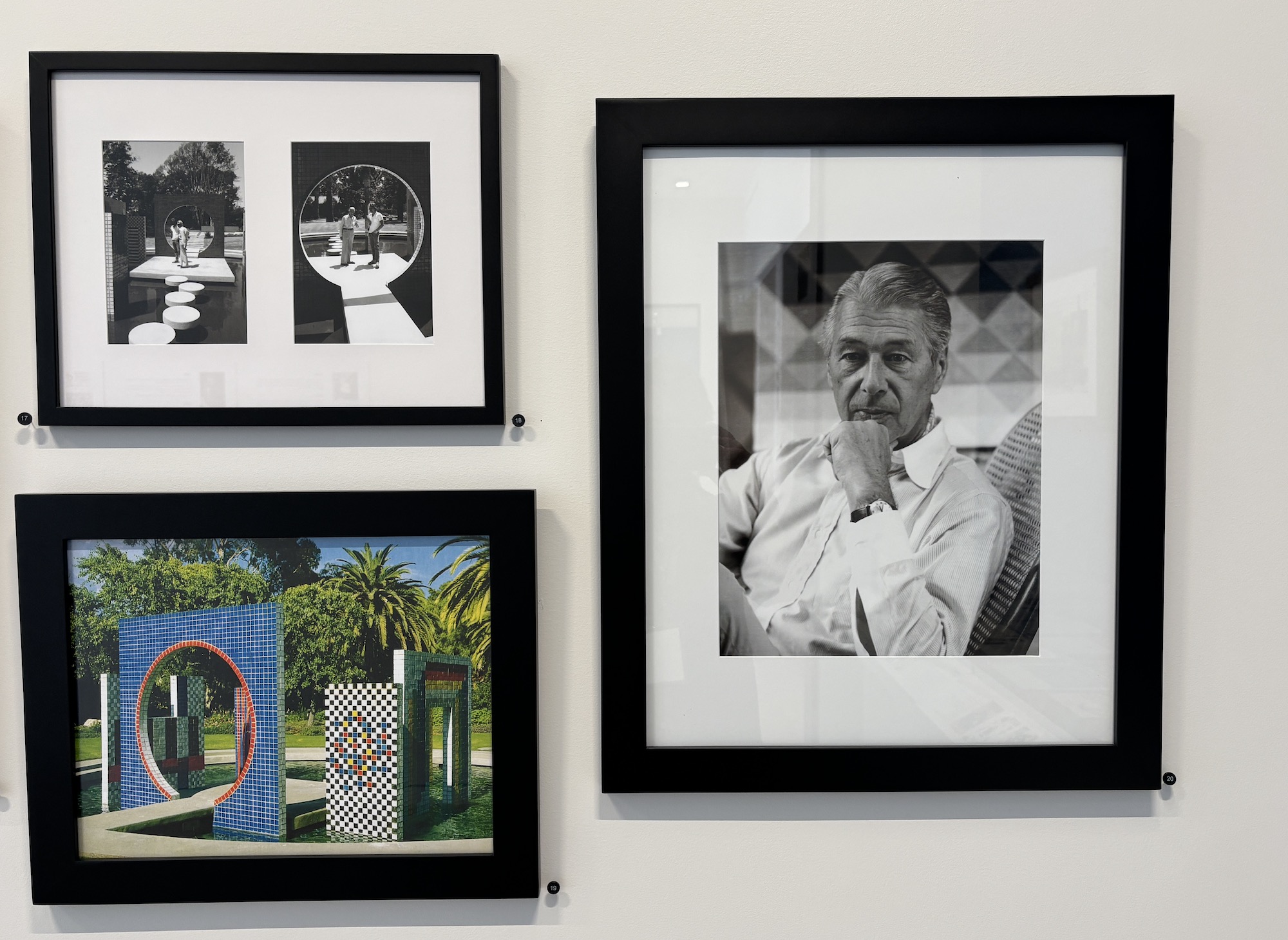
After two decades of perfecting the “walk-through painting” concept, Bayer described it as “an experience of design plus color, plus space, plus change, plus sound and water” and the culmination of his pursuit – since his time at the Bauhaus School in the 1920s – to combine art, architecture and design into a single expression.
By 1980, when “Walk in Space Painting” was becoming a reality with the support of Bayer patron and ARCO chairman Robert O. Anderson, Bayer characterized it as the culmination of his decades of artistic exploration pursuing the Bauhaus ideal of a “total work of art.”
“There are no boundaries between painting, sculpture, and architecture,” he wrote in his statement for “Walk in Space Painting.” “It is a collaboration of all media on the way to a totally integrated work of art.”
Paul Hobson, who assisted Bayer during the completion of “Walk in Space Painting,” said it was an incomparable piece created with meticulous personal attention from Bayer down to the coloring in each of its 7,000-plus bricks.
“My first reaction to hearing that there was no more ‘Walk in Space Painting’ was a gut punch and dismay,” said Hobson. “I can’t believe that someone could tear down such a beautiful piece – even if you didn’t know who Herbert was, but just on its own. It’s just inconceivable to me that someone could do that.”
Bayer’s better-known works include a pair of beloved monumental Southern California steel sculptures: the selfie-friendly rainbow-colored “Chromatic Gate” at Cabrillo Park in Santa Barbara, and the sculptural staircases of “Double Ascension” in downtown Los Angeles’ ARCO Plaza (now City National Plaza).
Though less famous and little seen, “Walk in Space Painting” is considered a tremendously important work.
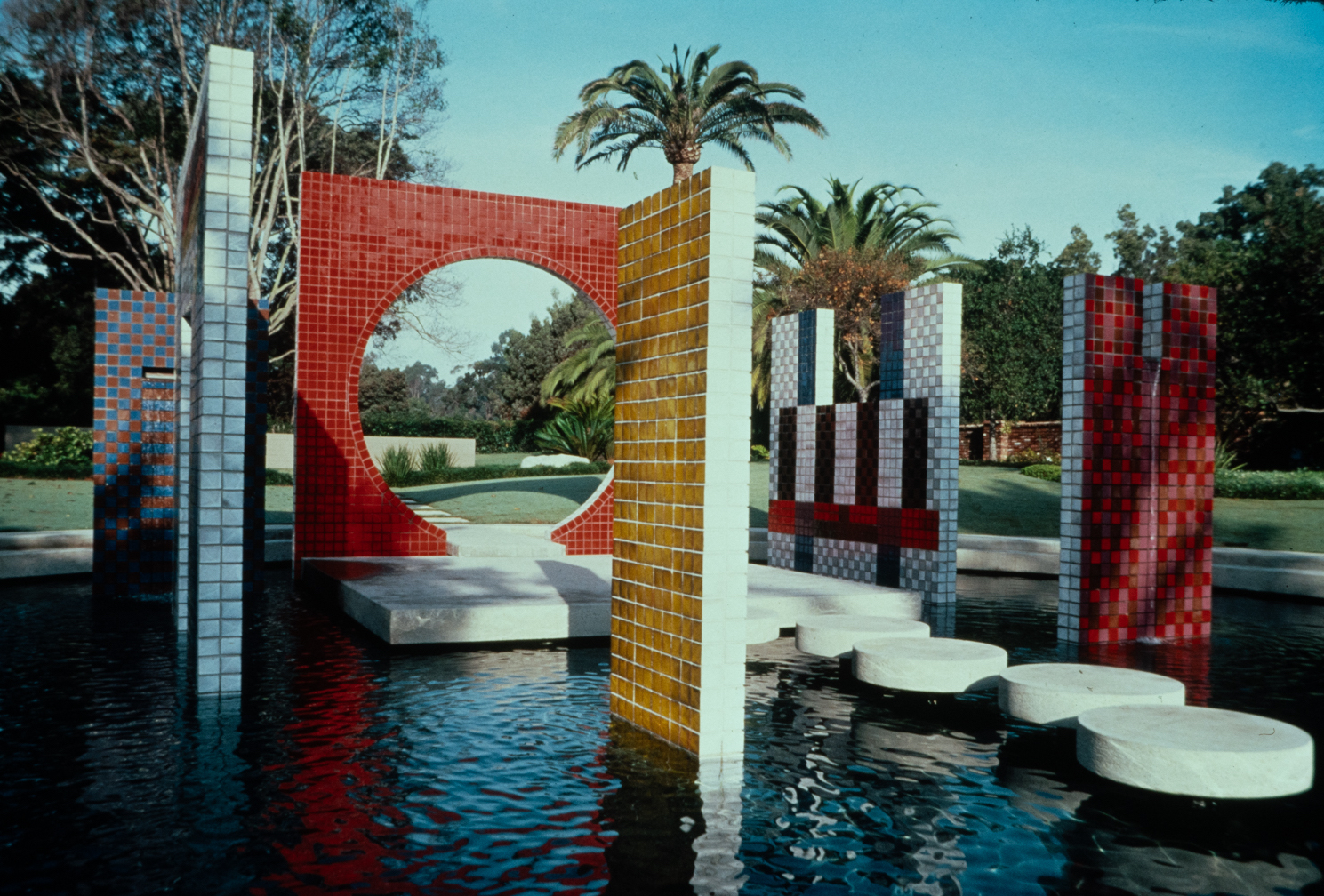
“Herbert considered ‘Walk in Space Painting’ one of his most significant pieces,” Bayer expert Bernard Jazzar says in an interview with Koko Bayer for the documentary. “It happened late in his life, and he had the opportunity – with the backing of ARCO – to create something really special and unique.”
more

